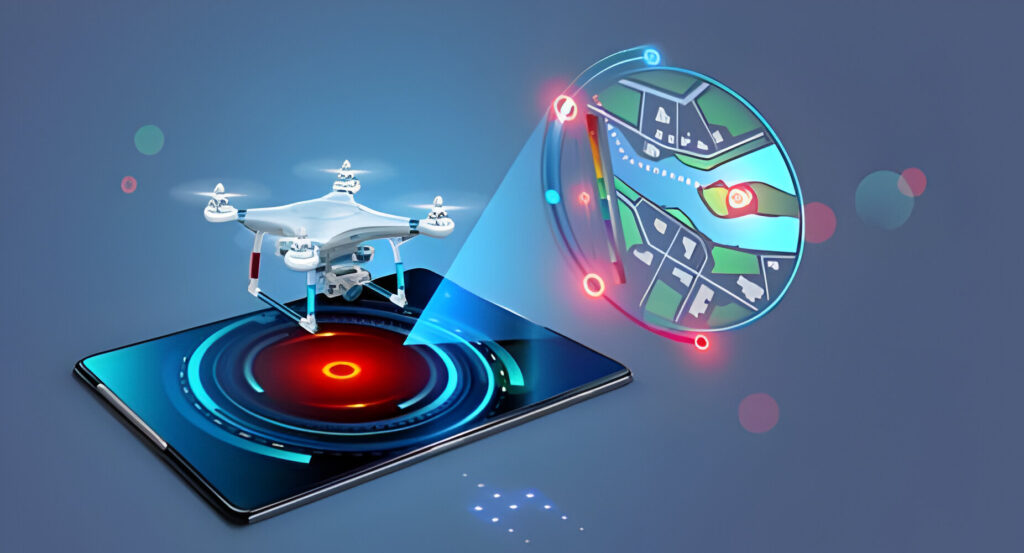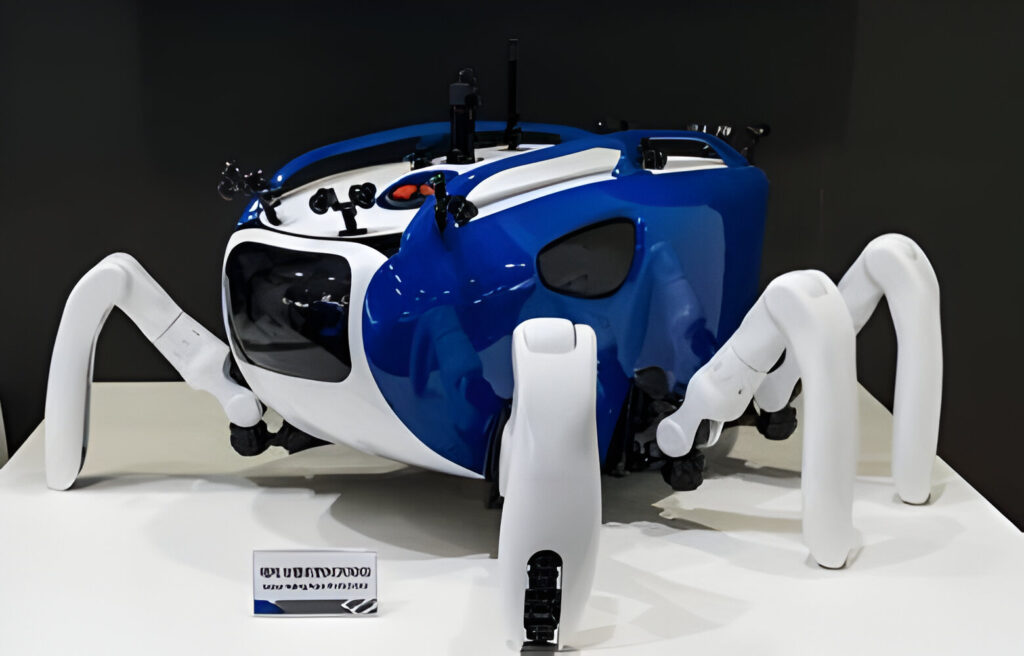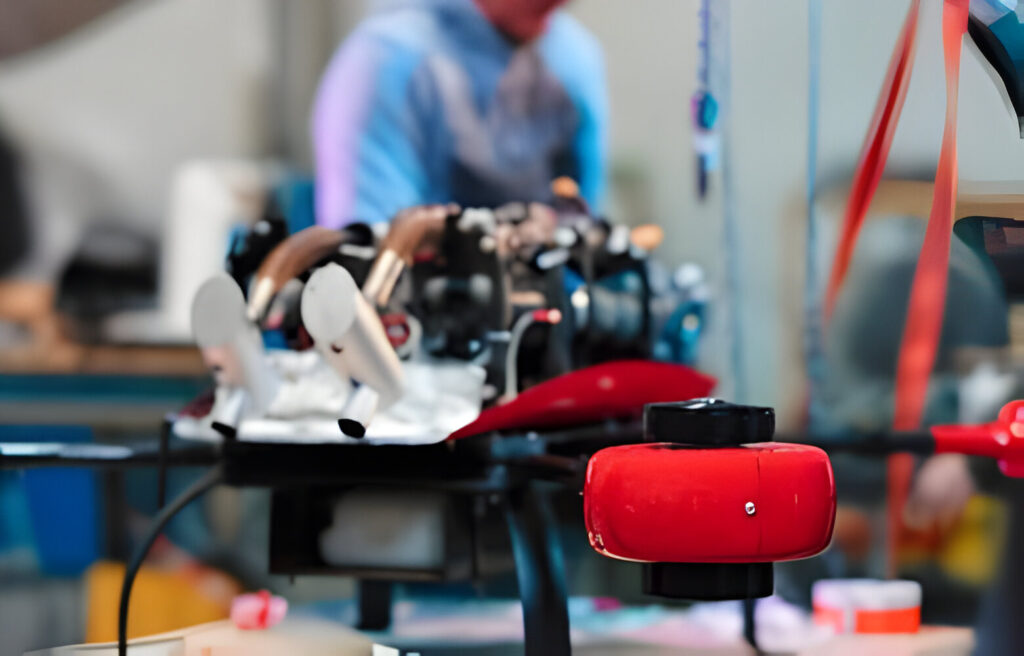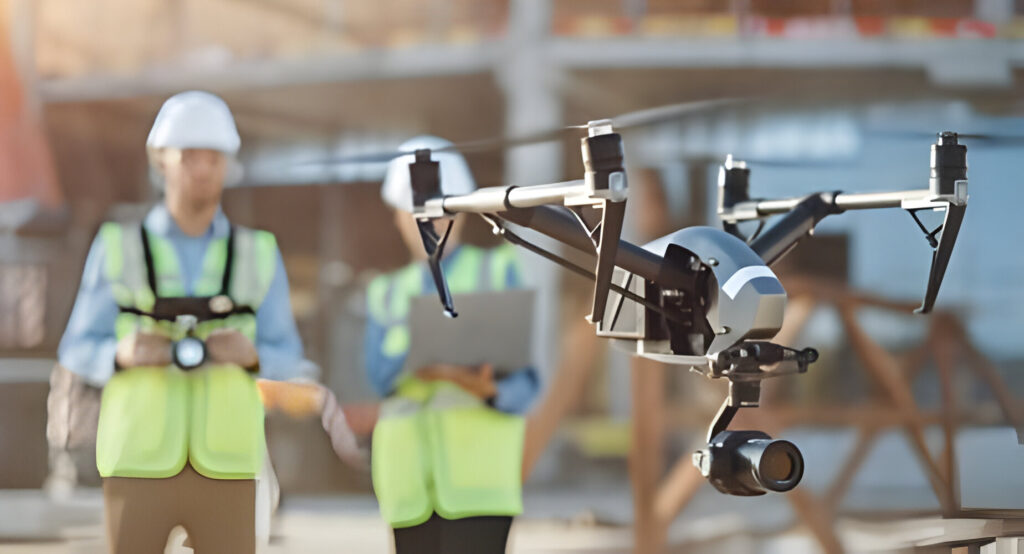In today’s rapidly evolving technological landscape, drone surveillance emerges as a game-changer, revolutionizing security and surveillance practices across various industries. This article delves into the intricacies potential of drone surveillance, exploring its applications, benefits, regulations, and prospects.
Drone Surveillance: The Future of Security
Drone surveillance, often referred to as uncrewed aerial vehicle (UAV) surveillance, involves the use of drones equipped with cameras and sensors to monitor and gather information from designated areas. As technology continues to advance, drones have become increasingly sophisticated, offering unprecedented capabilities in surveillance and reconnaissance.
Understanding Potential of Drone Surveillance
Drone surveillance encompasses a wide range of applications across different sectors, including law enforcement, military, agriculture, construction, and environmental monitoring. These uncrewed aerial vehicles provide:
- A versatile platform for capturing high-resolution images and videos.
- Conducting aerial surveys.
- Gathering real-time data.
Applications of Drone Surveillance

From monitoring traffic and crowd control to disaster response and search and rescue operations, the applications of diverse and far-reaching. In agriculture, drones are used for crop monitoring, irrigation management, and pest control, optimizing farming practices and increasing yields.
Benefits of Drone Surveillance
The adoption of surveillance offers numerous benefits, including cost-effectiveness, efficiency, and enhanced safety. Drones can access hard-to-reach or hazardous areas, minimizing the need for human intervention and reducing operational risks. Moreover, they enable swift deployment and real-time monitoring, facilitating timely decision-making and response.
Regulations and Compliance
Despite its potential, drone-surveillance is subject to various regulations and compliance requirements imposed by aviation authorities and government agencies. These regulations govern airspace usage, flight operations, privacy concerns, data security, and licensing for drone pilots. Adherence to these regulations is essential to ensure safe and lawful drone operations.
Exploring Drone – Surveillance in Depth

In this section, we delve deeper into the critical aspects of drone – surveillance, examining its technological advancements, privacy implications, and future developments.
Technological Advancements
Recent advancements in drone technology have propelled the evolution of drone – surveillance systems, introducing features such as autonomous navigation, obstacle avoidance, and AI-powered analytics. These advancements enhance the capabilities of drones in capturing, processing, and analyzing data, enabling more sophisticated surveillance applications.
Privacy Implications
While drone surveillance offers undeniable benefits, it also raises concerns regarding privacy and civil liberties. The pervasive nature of aerial surveillance and the potential for intrusive monitoring have sparked debates over privacy rights and surveillance ethics. Addressing these concerns requires explicit guidelines, transparency, and public discourse on the ethical use of drone technology.
Future Developments
Looking ahead, the future of drone surveillance is brimming with possibilities. Continued innovation in drone technology is expected to drive further enhancements in capabilities, reliability, and autonomy. Moreover, advancements in AI and machine learning will enable drones to perform complex tasks autonomously, opening up new avenues for surveillance and security applications.
Leveraging Drone Surveillance for Enhanced Security

In this section, we explore how drone – surveillance is transforming security and surveillance operations, empowering organizations to bolster their security measures and mitigate risks effectively.
Enhancing Situational Awareness
Drone – surveillance provides organizations with a bird’s-eye view of their surroundings, enhancing situational awareness and threat detection capabilities. By monitoring large areas from above, drones enable security personnel to identify potential risks, monitor suspicious activities, and respond proactively to security incidents.
Securing Critical Infrastructure
Critical infrastructure, such as power plants, airports, and government facilities, requires robust security measures to safeguard against potential threats. Drone – surveillance offers a cost-effective and efficient solution for monitoring and protecting critical infrastructure, enabling timely detection of security breaches and unauthorized access.
Emergency Response and Disaster Management
During emergencies and natural disasters, rapid response and accurate situational assessment are paramount. Drones play a crucial role in emergency response and disaster management efforts, providing real-time aerial imagery, mapping affected areas, and facilitating search and rescue operations in inaccessible or hazardous environments.
FAQs (Frequently Asked Questions)
How does drone surveillance work?
Drone surveillance involves the use of uncrewed aerial vehicles equipped with cameras and sensors to monitor and gather information from designated areas. These drones capture high-resolution images and videos, which are transmitted in real time to ground control stations for analysis.
What are the benefits of drone surveillance?
Drone surveillance offers numerous benefits, including cost-effectiveness, efficiency, enhanced safety, and access to hard-to-reach areas. Drones enable organizations to conduct aerial surveys, monitor assets, and respond swiftly to security incidents, improving overall situational awareness and operational efficiency.
Are there regulations governing drone surveillance?
Yes, drone surveillance is subject to various regulations and compliance requirements imposed by aviation authorities and government agencies. These regulations govern airspace usage, flight operations, privacy concerns, data security, and licensing for drone pilots.
How can drones be used for security purposes?
Drones can be used for a wide range of security purposes, including perimeter surveillance, crowd monitoring, event security, and emergency response. Equipped with cameras, sensors, and thermal imaging capabilities, drones provide a versatile platform for monitoring and detecting security threats in real time.
What are the privacy implications of drone surveillance?
Drone surveillance raises concerns regarding privacy and civil liberties due to its potential for intrusive monitoring. To address these concerns, clear guidelines, transparency, and public discourse on the ethical use of drone technology are essential.
What does the future hold for drone surveillance?
Continued innovation and advancements in technology characterize the future of drone surveillance. As drones become more sophisticated and autonomous, they will play an increasingly vital role in security, surveillance, and emergency response operations.
Conclusion
In conclusion, drone surveillance represents a paradigm shift in security and surveillance practices, offering unprecedented capabilities in monitoring, surveying, and emergency response. By leveraging drone technology responsibly and ethically, organizations can enhance their security measures, mitigate risks, and safeguard their assets effectively.
Unlock the full potential of drone surveillance today and embrace a safer, more secure future.


